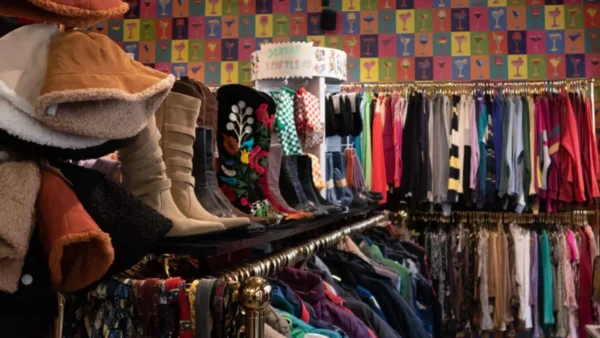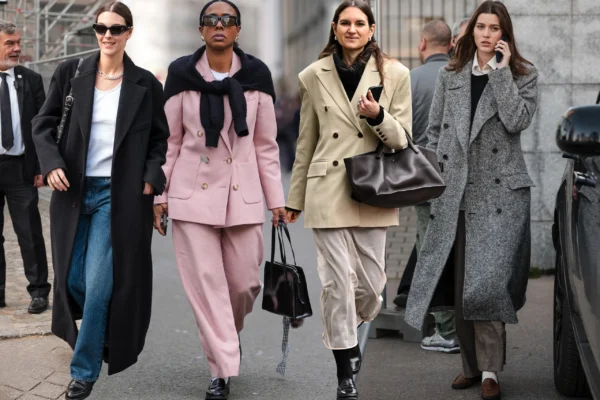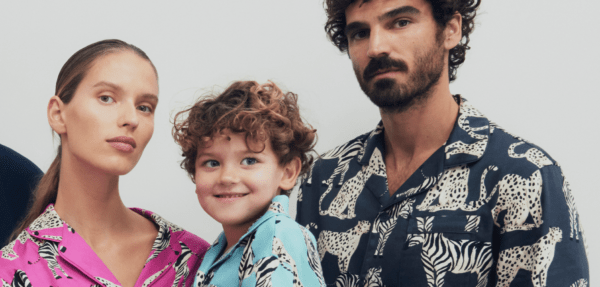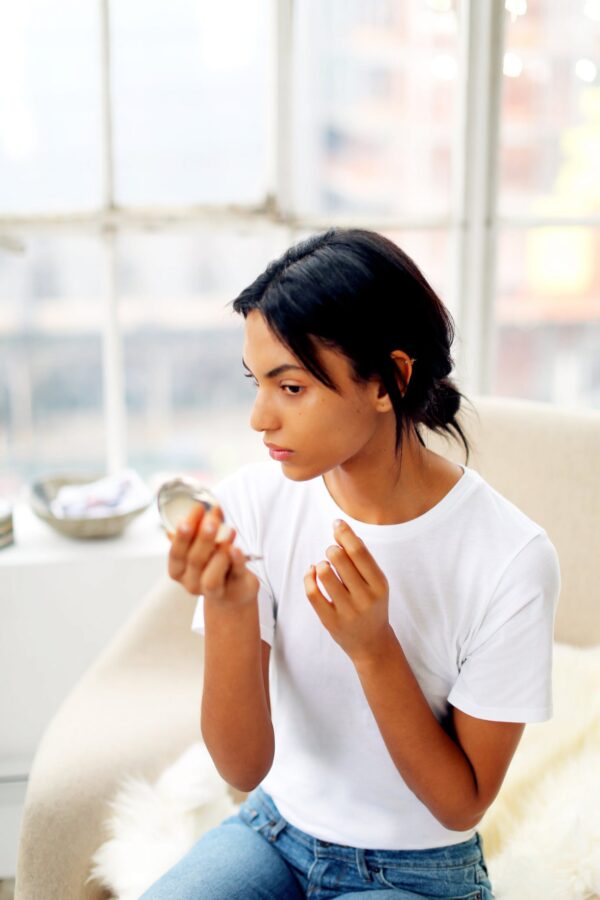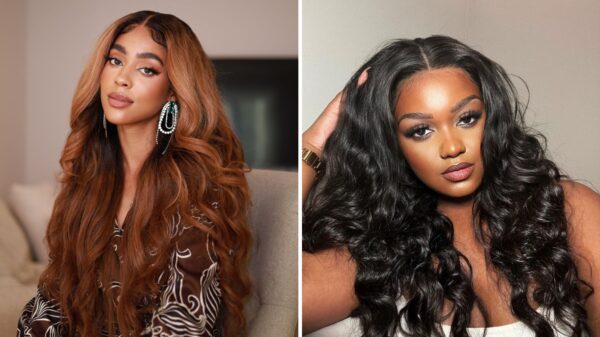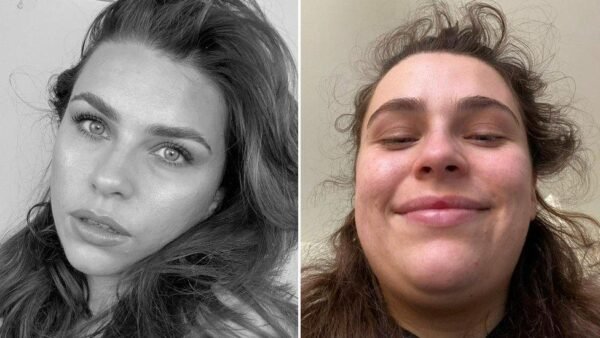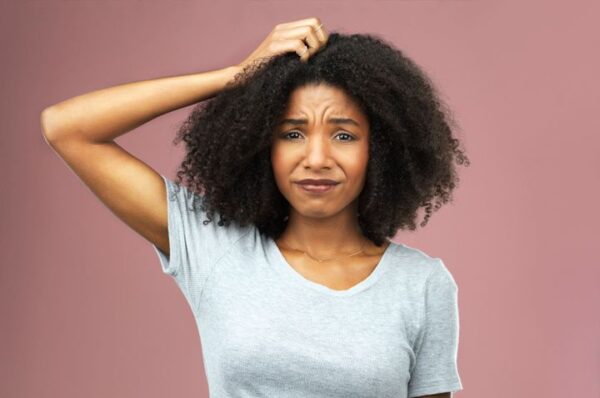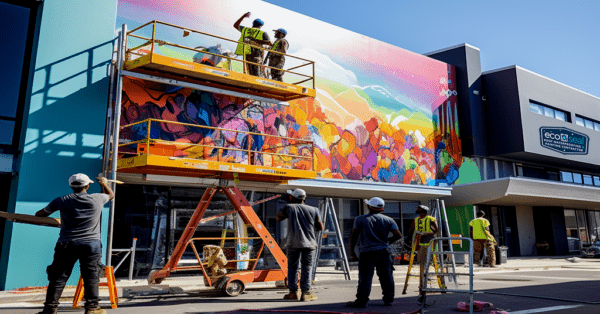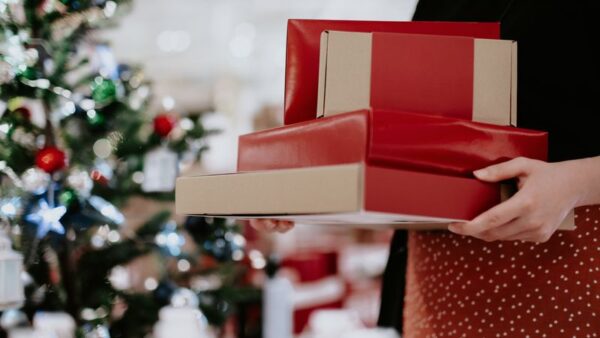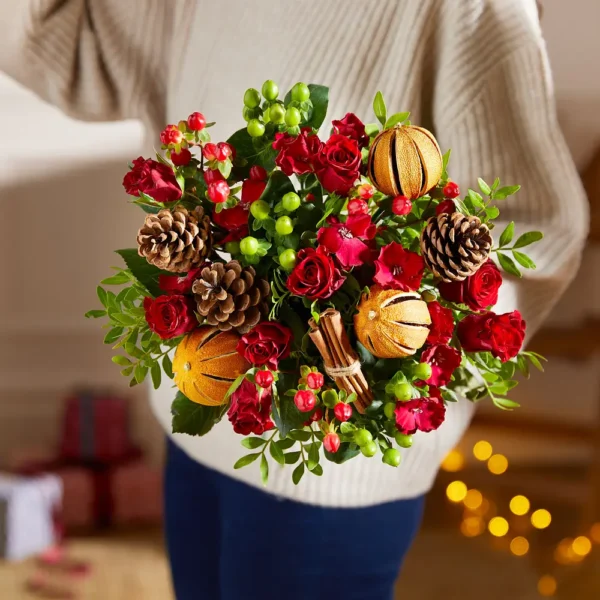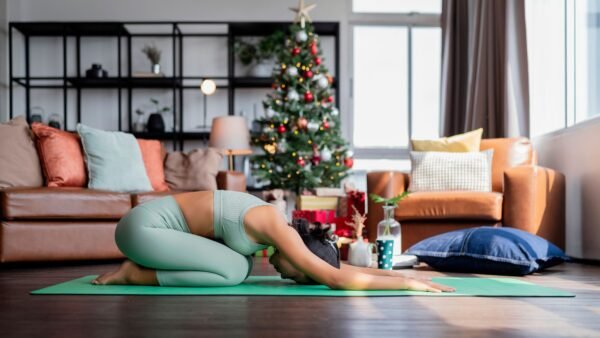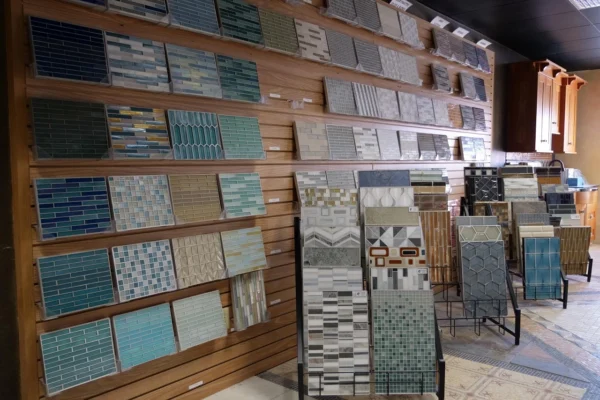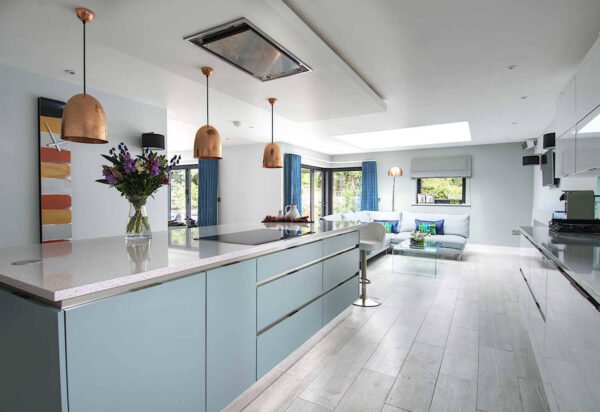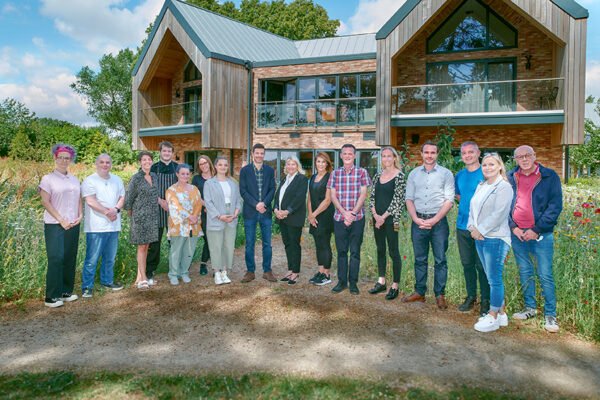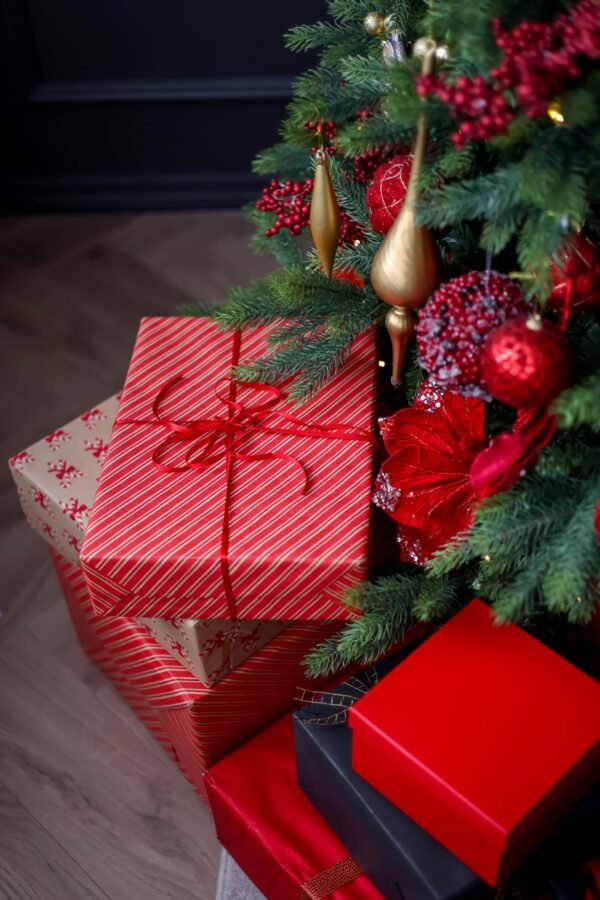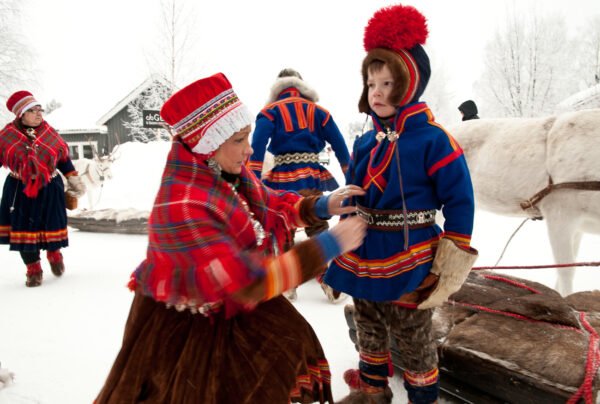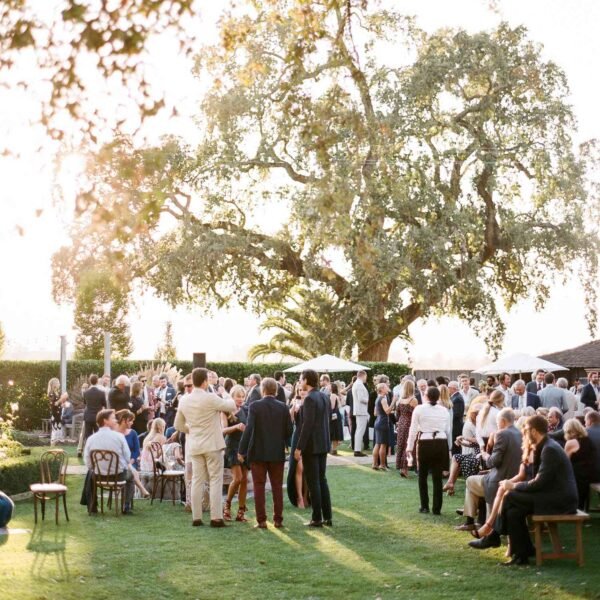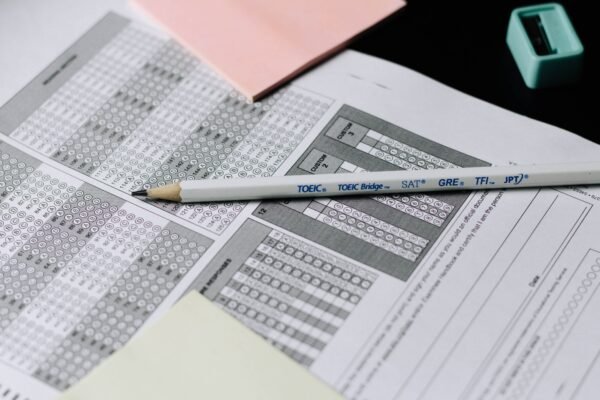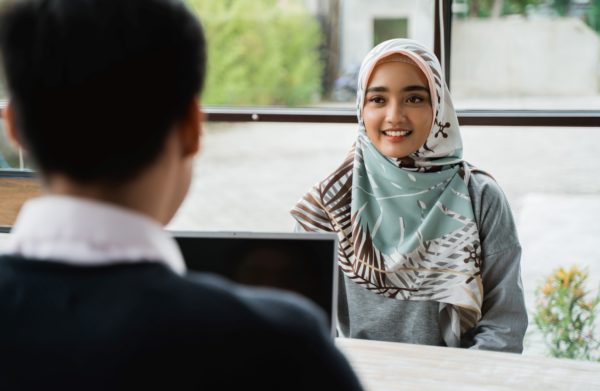
How to Style a Hijab for Job Interviews

Attending a job interview is stressful for everyone — you need to think about impressing a potential future employer, remember everything on your CV, and have your answers to possible questions ready to fire out. But making an excellent first impression actually starts well before you even open your mouth to speak, and what you’re wearing and how you present yourself can have a huge impact.
The internet is already full of helpful advice on what to wear to an interview, but this can get a little more difficult for girls who wear a hijab. Of course, you want to show off your professional side with your outfit while remaining modest, so an ensemble like a long-sleeved button-up shirt with tailored trousers can work well. But once you’ve figured out your outfit, you may also want to consider how to style your hijab.
Here, we’ll go through all the styling options available to show off a chic working-girl personality…!
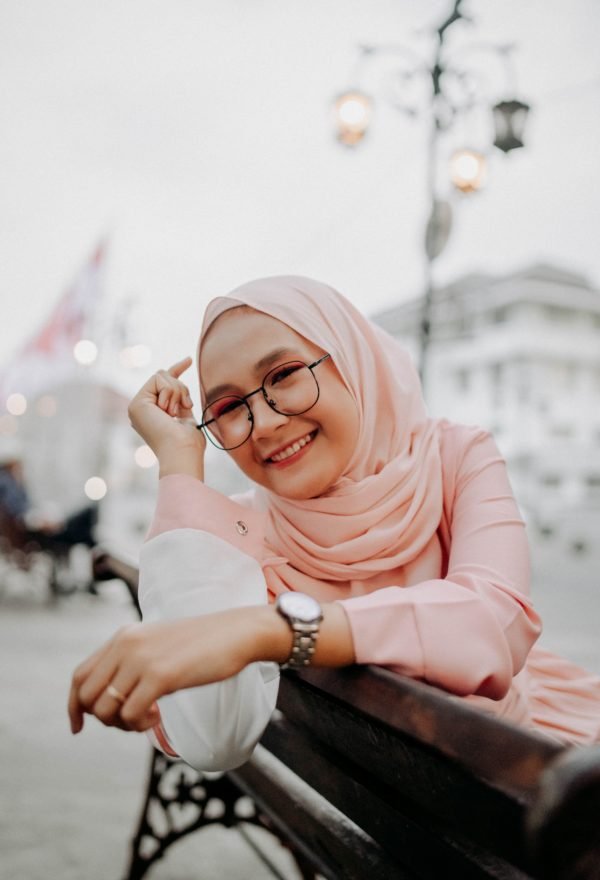
Consider the role you’re applying for
More corporate roles will require more professional attire, while more creative industries often allow for a more relaxed dress code, which can let you get a little experimental with your hijab, if you choose. If you’re applying for a corporate role, minimalist, chic hijab styles are ideal as they work particularly well with plain, light hijab materials. This includes styles like the tucked wrap, which offers a tidy complement to your outfit. It involves tucking the ends of the hijab into the front of your blouse or shirt, making it more streamlined. We recommend using hijabs in single colours to maintain a sleek look.
If you’re applying for a more creative role, you can experiment with patterns, prints, wrapping styles, and even accessories, to really show off your personality. Add embellishments to your hijab, such as chunky necklaces or headpieces, or experiment with bright colours and patterns. However, you should take the time to find the right balance between creative and fun, and overpowering. If you opt for a brightly-coloured hijab, it will need to match the rest of your outfit. When in doubt, it’s best to go more understated.
Choose the right fabric
Each fabric has qualities that make them suitable for different styles and occasions. Cotton and jersey, for example, are more breathable, and can be styled without the use of pins. Meanwhile, chiffon and georgette are light and soft, perfect for less structured styles. Understanding the differences between hijab materials allows you to make the best decision for your interview. You ideally want something that’s comfortable to wear and doesn’t require much maintenance to keep in place. After all, the last thing you want is to be worrying about your hijab, or fiddling with it during your interview.
If your interview is taking place in the summer, it’s a good idea to opt for lighter materials to avoid overheating. Just be aware that if it’s too sheer, you may want to wear an underscarf with it.
If it’s too light, you may also need to pin it in place, which can get fiddly, especially if you’re already nervous.
Choosing cotton or jersey may be a better option, as they are more structured, so they will hold their shape a bit better than lighter materials, giving you one less thing to worry about.
Consider your full outfit
The hijab you choose to wear should complement your entire outfit, from colour schemes to the style. This automatically gives you a more put-together look, showing that you care about presentation, organisation, and success. Try and choose your interview outfit based on the hijab, or vice versa.
For example, if you’re wearing a blouse and trousers, a plain, tucked-in hijab will give you a streamlined look. However, you have the freedom to experiment with looser, flowing wrap styles if you’re pairing your hijab with a dress and tights.
To keep it strictly professional and corporate, we suggest sticking with a classic black and white colour palette. But if your outfit includes a statement colour piece — and if it’s appropriate for the company where you’re interviewing — feel free to match your hijab to that shade to bring the look together.







